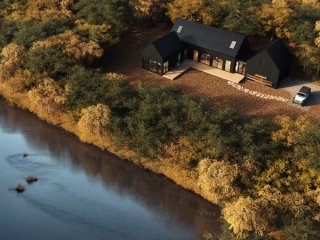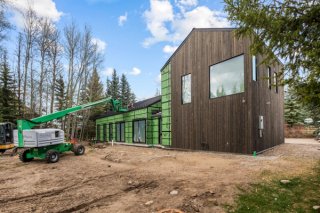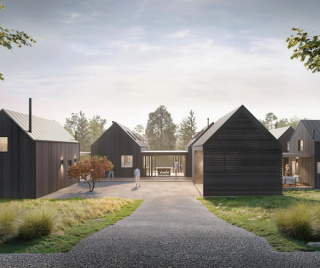Forever Home Is Vessel For The Journey, Not The Destination

A lot of people get the idea of a forever home wrong.
They picture something oversized, the “dream house” that checks every wish-list item all at once.
The problem is that those homes are usually too big, too expensive, and designed more for the benefit of developers looking to sell them than for the people who plan to live there for the next few decades. They end up being harder to maintain, financially stressful, and not actually all that enjoyable day to day.
For me, a forever home should feel very different.
It should start smaller and smarter, with the right spaces laid out in a way that makes life easier and more enjoyable. It should be filled with good light, smart flow, and proportions that make you want to stay. Most importantly, it should be able to change as your life changes.
A house that cannot adapt is never really “forever.”
Forever also means financially sustainable. The home has to be appropriately-priced from the beginning, something that fits into the real numbers of a family’s life rather than stretching them thin. It should work as an asset: building equity, capable of producing income if needed, and easy to maintain over time. Our Standards help with that. When you build with methods and materials that any contractor can work with, you create a house that can be cared for decades from now without extraordinary costs.
And then there is the land. A forever home should belong to its site, taking in the best parts of its setting and defending against the challenges. When you get that right, the house feels like it could not be anywhere else.
See some of my favorite HUTS Forever Home projects here or get started on your own here.


